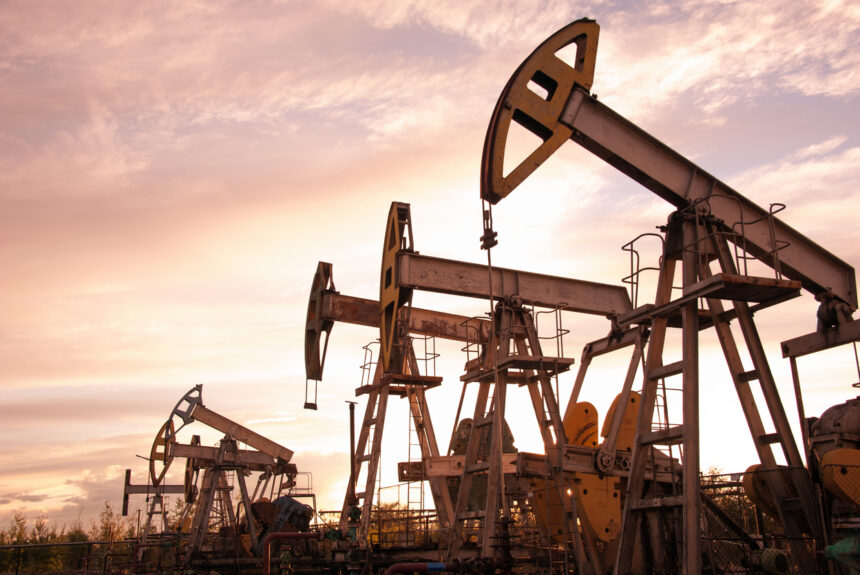The oil and gas industry meets 80% of the world’s energy needs. Reliable energy is critical to powering critical infrastructure, raising people out of poverty, and bettering the quality of life around the world. At the same time, the emissions associated with the industry’s operations are substantial, a challenge that the private sector is voluntarily addressing. America’s oil and gas industry is proactively taking steps to reduce its environmental footprint to deliver these crucial economic benefits with a smaller emissions profile.
>>>READ: DOE Announces $1.2 Million for CO2 Removal Semifinalists
In the Permian Basin, innovation is empowering rapid emissions reductions. Companies are actively implementing strategies to lower emissions, such as reducing flaring and electrifying equipment like pumps. As The Midland Telegraph reports, from 2011 to 2022, methane emissions in the region plummeted by nearly 85%, even as production soared by over 416%. Additionally, since 2019, flaring in the area has decreased by 66%.
This trend is echoed in a study by climate nonprofits Ceres and the Clean Air Task Force, which found that despite a 40% increase in nationwide production from 2015 to 2022, methane emissions from gas extraction dropped by 37%.
The industry is also investing in advanced technologies. For instance, Diamondback Energy recently signed a letter of intent with advanced nuclear reactor company Oklo to have Diamondback’s operations in the Permian Basin powered by an emissions-free microreactor.
Occidental Petroleum is another oil company taking bold steps by investing in carbon management. In March 2022, they announced an agreement with SK Trading International, a South Korean company, to sell up to 200,000 barrels of net-zero oil annually for five years starting in 2025. Occidental will accomplish this feat by capturing the amount of CO2 that would have been released through the drilling, delivery, and refining of each barrel of oil via direct air capture (DAC).
>>>READ: Politicizing American Energy Is a Costly Mistake
Occidental is also constructing two DAC facilities in the U.S.: STRATOS in the Permian Basin, capable of capturing up to 500,000 metric tons of carbon dioxide annually, and another in the Gulf Coast, partially supported by the Department of Energy’s DAC Hub program.
NET Power has pioneered a different approach by creating the world’s first net-zero natural gas plant. Their innovative technology burns natural gas and oxygen to produce electricity while capturing and sequestering the byproduct CO2 before it reaches the atmosphere. They are demonstrating this carbon-free natural gas at a plant near Houston and are building a commercial power plant set to come online in 2027.
ExxonMobil is also implementing strategies to reduce emissions from its operations. In 2023, the oil and gas giant bought Denbury’s 1,300 miles of pipelines for $4.4 billion to scale up carbon capture and storage. Now with more than 1,500 miles of CO2 pipelines and 15 onshore sites for storage, Exxon has been able to cumulatively sequester 120 million metric tons of carbon dioxide. The oil giant is also beginning to explore incorporating DAC into its operations, adding a pilot project to its Baytown, Texas chemical refinery.
By embracing innovative technologies and practices, energy companies are proving that it’s possible to provide the power the world needs while also reducing their carbon footprint. As these initiatives continue to expand and evolve, they demonstrate what is possible when the private sector is empowered to embrace innovation and ingenuity to address the world’s climate and environmental challenges.
The views and opinions expressed are those of the author’s and do not necessarily reflect the official policy or position of C3.
